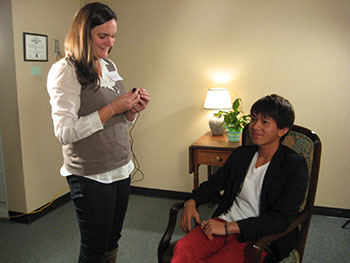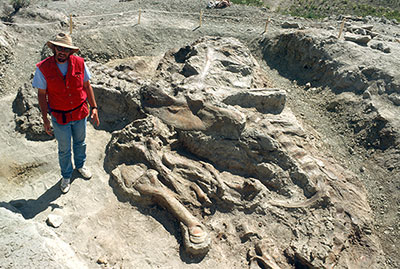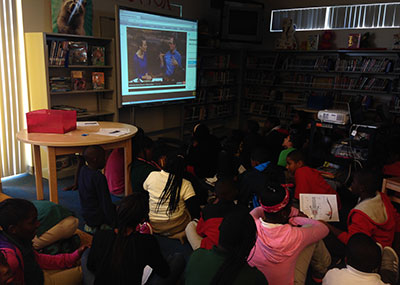affiliates in the news!
Congrats to these Affiliates making news! Each month we highlight Affiliate-Smithsonian and Affiliate-Affiliate collaborations making headlines. If you have a clipping highlighting a collaboration with the Smithsonian or with a fellow Affiliate you’d like to have considered for the Affiliate blog, please contact Elizabeth Bugbee.
National World War II Museum (New Orleans, Louisiana)
World War II Museum’s exhibit shows Japanese Americans behind barbed wire and in combat
For “From Barbed Wire to Battlefields,” Guise said the museum has borrowed items from the Smithsonian Institution, the Museum of World War II in Boston and private collections.

Dorothy’s Ruby Red Slippers from the “Wizard of Oz.” One of the iconic artifacts in Dr. Kurin’s new book. Credit Smithsonian Institution
Senator John Heinz History Center (Pittsburgh, Pennsylvania)
Smithsonian expert to discuss local artifacts at Heinz History Center
Mr. Kurin estimated that about a dozen of the objects covered in his history have connections to Western Pennsylvania.
A History of America in 101 Objects and Pittsburgh’s Contributions
In his book, History of America in 101 Objects, author and Smithsonian curator Dr. Richard Kurin chronicles and pinpoints these national treasures by focusing on key objects in the vast collection. Here are some of Kurin’s favorite objects related to the Pittsburgh region:
Frost Museum of Science (Miami, Florida)
Frost Museum’s new chief scientist talks about innovation
Eldredge “Biff” Bermingham recently arrived in Miami from Panama to head up science operations at the Patricia and Phillip Frost Museum of Science. Bermingham was director of the Smithsonian Tropical Research Institute in Panama City. He spoke to the Business Journal about his transition and how he met the Frosts, who donated $35 million to build the new South Florida museum.
Schiele Museum of Natural History (Gastonia, North Carolina)
Get antsy at Schiele Museum
All creatures big and small can be seen at The Schiele Museum of Natural History in Gastonia. A traveling Smithsonian exhibit of super-sized ant photographs gives visitors an up-close view of the world of ants.
Lizzadro Museum of Lapidary Art (Elmhurst, Illinois)
Lizzardo Museum Showcases Smithsonian Gem Collection in Special Exhibit
As a Smithsonian affiliate, the Lizzadro Museum is able to co-curate special exhibits from the Smithsonian collections. The Modern Designer Jewelry exhibit is on loan from the gem vault of the National Museum of Natural History. Russell Feather, the Smithsonian’s gem curator, and Dorothy Asher, the museum director at the Lizzadro, worked together to create this exhibit.

Affiliations Director Harold Closter tweets his first #MonsterSnake selfie at the opening of Titanoboa in Nebraska.
University of Nebraska State Museum (Lincoln, Nebraska)
Smithsonian Snake
The Smithsonian is a very prestigious name to many people who may not be familiar with our own museum, and may not realize that they have a “Smithsonian-style” museum right here in Lincoln. This is the result of investments by Nebraskans since we were founded over 140 years ago. I think having the Smithsonian name associated with our museum will help our Friends group to offer Smithsonian Affiliate memberships that will not only raise the museum’s visibility, but will be a great source of pride for Nebraskans that they have the Smithsonian affiliation right here in Lincoln.
Titanoboa takes over Morrill Hall
If you have a fear of snakes, the latest exhibit at the University of Nebraska State Museum in Morrill Hall might make your skin crawl. The exhibit doesn’t feature a replica of what most people would consider a “normal snake.” Rather, it features a realistic, full-scale replica of Titanoboa, the world’s largest snake…
Museum of the Rockies (Bozeman, Montana)
T-Rex being sent off to the Smithsonian
“This is a remarkable moment for all of Montana.” said Sheldon McKamey, Executive Director of Museum of the Rockies. “The Wankel T. Rex will become the most viewed T.rex skeleton in the world, and that’s something everyone in the state can be proud of.”
























